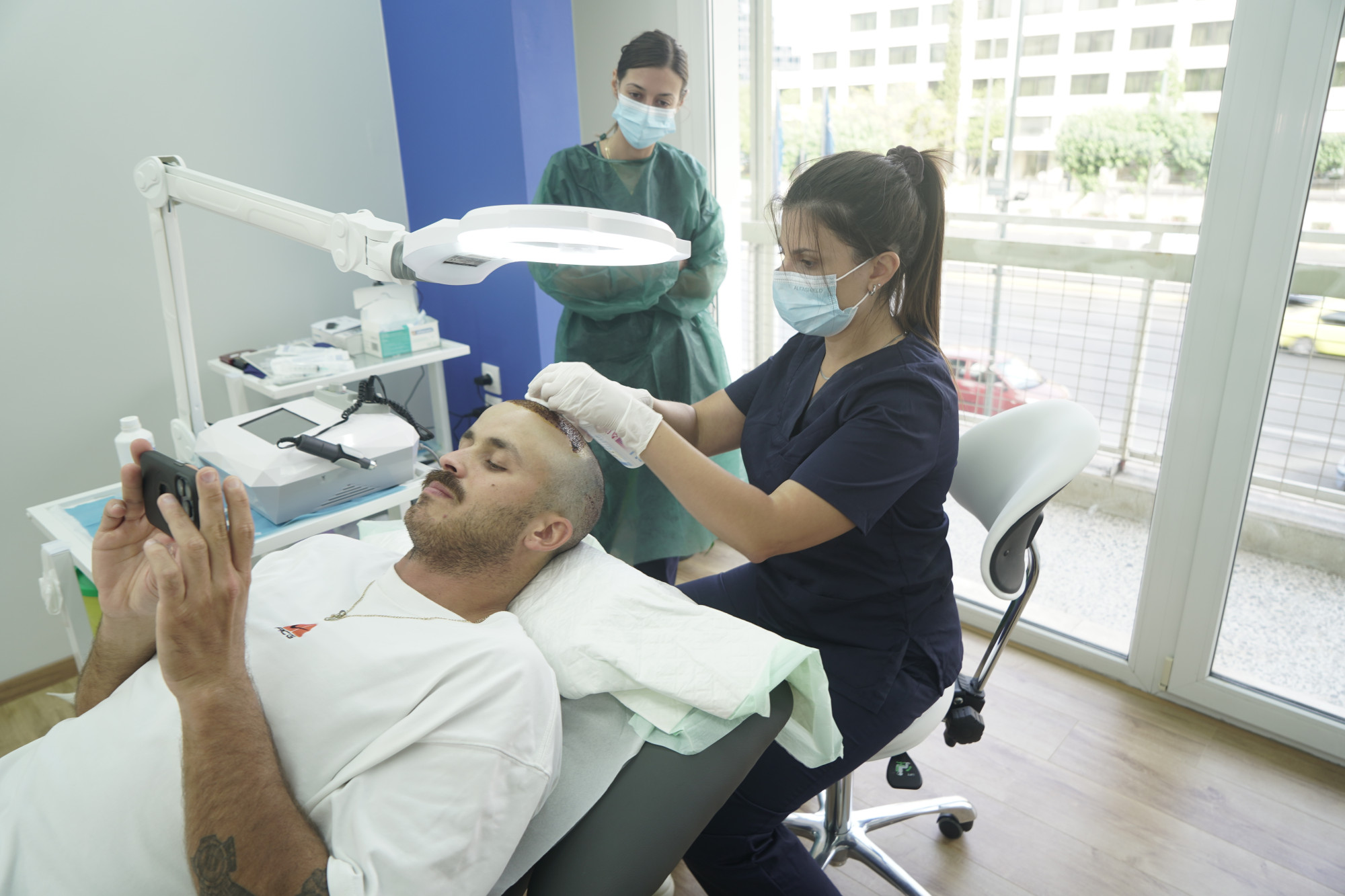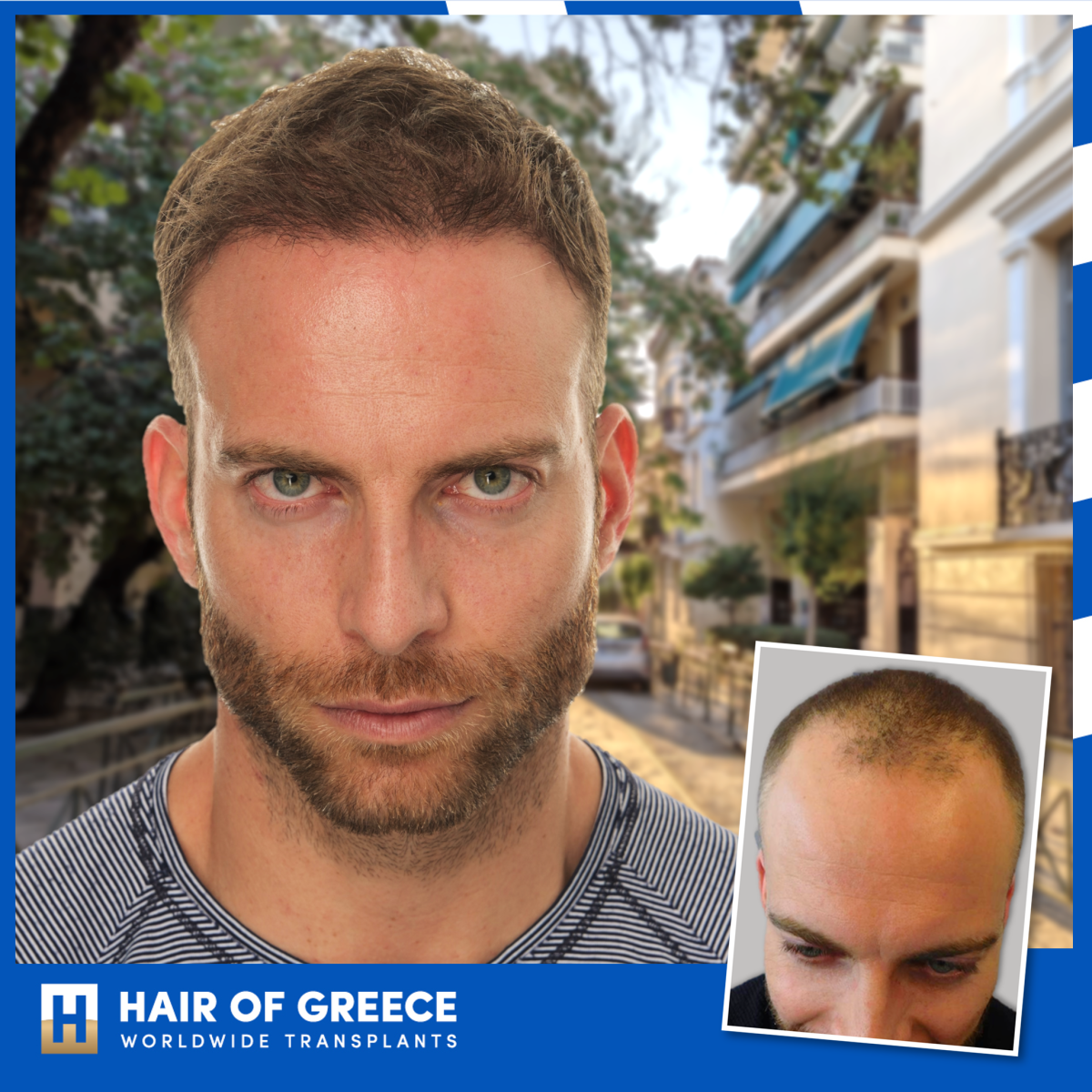Hair Transplant Process
Hair Transplant Process: A Holistic Approach to Hair Restoration
Hair loss is a concern for millions of people worldwide, leading many to seek permanent solutions like hair transplants. The procedure has evolved significantly, offering natural-looking results with minimal downtime. However, achieving success in hair restoration goes beyond the surgical process; factors like stress, nutrition, and individual facial structure play key roles. This article explores the hair transplant process, statistics on its popularity and success, and why a holistic approach is crucial for optimal outcomes.
---
Hair Transplant Popularity and Success Rates
Hair transplants have become increasingly popular over the years. According to the International Society of Hair Restoration Surgery (ISHRS), over 700,000 hair restoration procedures were performed globally in 2020, a number that continues to rise. Men make up the majority of patients—around 85%, while the remaining 15% are women.
Success rates for hair transplants are also high, with studies showing that 90-95% of transplanted hairs grow successfully in the recipient area. With advanced techniques like Follicular Unit Extraction (FUE) and Follicular Unit Transplantation (FUT), the results are more natural and long-lasting than ever before.
---

Stages of the Hair Transplant Process
1. Consultation and Assessment: The process begins with a thorough consultation to assess the cause of hair loss and determine whether a patient is a suitable candidate. Factors like the extent of hair loss, donor hair availability, and overall health are considered.
2. Preparation and Planning: Once approved for surgery, a detailed plan is created. This includes mapping out the hairline, determining the number of grafts needed, and choosing the appropriate technique (FUE or FUT) based on the patient’s needs.
3. Extraction: In the case of FUE, individual hair follicles are extracted one by one from the donor area, usually the back or sides of the scalp. In FUT, a strip of scalp is removed, and the follicles are dissected from the strip. Both methods ensure the integrity of the follicles for transplanting.
4. Implantation: The extracted follicles are then implanted into the balding or thinning areas of the scalp. The surgeon will carefully place each graft, considering the direction and angle of the natural hair to ensure a seamless appearance.
5. Recovery: After the procedure, patients can return home the same day. Recovery time varies, but most people can resume normal activities within a week. Any minor redness or swelling usually subsides within a few days.
6. Results: Initial results are visible after three months, but full results take about 9-12 months as the transplanted hair grows naturally in its new location.
---

Why a Holistic Approach Matters
While the technical aspects of the transplant procedure are important, a holistic approach to the patient is essential for long-term success. Here’s why:
1. Stress and Emotional Well-Being: Chronic stress is a major contributor to hair loss. Cortisol, the stress hormone, can disrupt the hair growth cycle, leading to more shedding. Managing stress through relaxation techniques, therapy, or lifestyle changes can help maintain the health of both transplanted and existing hair.
2. Nutrition: Diet plays a critical role in hair health. Nutrient deficiencies, particularly in vitamins like biotin, iron, and zinc, can negatively affect hair growth. A balanced diet rich in these nutrients promotes hair strength and encourages healthy growth after the transplant.
3. Scalp Health: Healthy skin on the scalp provides the best environment for transplanted follicles to thrive. Conditions like dandruff or psoriasis should be treated prior to surgery to ensure that the new hair can grow without complications.
4. Facial and Head Structure: Designing a hairline that complements a patient’s natural facial features is crucial for achieving aesthetically pleasing results. A skilled surgeon will consider factors like age, facial symmetry, and hair texture when planning the procedure to ensure that the transplanted hair looks natural.
5. Post-Surgery Care: Following the surgeon’s post-transplant care instructions is critical for graft survival. Patients are advised to avoid strenuous activities, follow a prescribed medication regimen, and refrain from touching the scalp excessively to prevent infections or dislodged grafts.
---
Results: What to Expect

Hair transplants provide permanent results, with transplanted hair growing naturally in the recipient area. Most patients experience about **70-80% hair regrowth** within six months, with full results visible after a year. The transplanted hair can be washed, cut, and styled like normal hair, offering long-lasting satisfaction.
However, it's important to manage expectations. The success of the procedure depends on various factors, including the patient’s genetics, overall health, and adherence to post-surgical care instructions. For best results, many clinics recommend combining the transplant with ongoing treatments like PRP (platelet-rich plasma) therapy, medications, and lifestyle changes to support hair growth.
---
Conclusion
Hair transplants have transformed the lives of millions by restoring not only their hair but also their confidence. While the procedure itself is highly successful, it’s important to adopt a holistic view that includes managing stress, improving nutrition, and considering individual facial structure for long-term success. Patients who approach hair restoration with a comprehensive mindset are more likely to enjoy fuller, natural-looking results that last a lifetime.